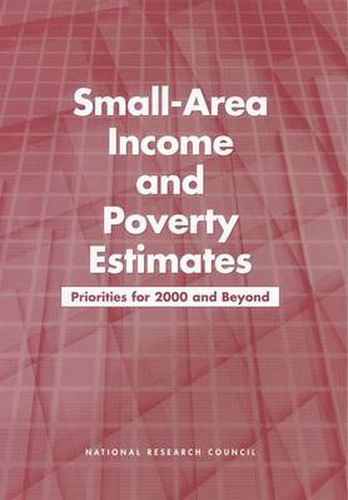Small-Area Income and Poverty Estimates: Priorities for 2000 and Beyond
Panel on Estimates of Poverty for Small Geographic Areas,Committee on National Statistics,National Research Council

Small-Area Income and Poverty Estimates: Priorities for 2000 and Beyond
Panel on Estimates of Poverty for Small Geographic Areas,Committee on National Statistics,National Research Council
Recent trends in federal policies for social and economic programs have increased the demand for timely, accurate estimates of income and poverty for states, counties, and even smaller areas. Every year more than $130 billion in federal funds is allocated to states and localities through formulas that use such estimates. These funds support a wide range of programs that include child care, community development, education, job training, nutrition, and public health. A new program of the U.S. Census Bureau is now providing more timely estimates for these programs than those from the decennial census, which have been used for many years. These new estimates are being used to allocate more than $7 billion annually to school districts, through the Title I program that supports educationally disadvantaged children. But are these estimates as accurate as possible given the available data? How can the statistical models and data that are used to develop the estimates be improved? What should policy makers consider in selecting particular estimates? This new book from the National Research Council provides guidance for improving the Census Bureau’s program and for policy makers who use such estimates for allocating funds.
This item is not currently in-stock. It can be ordered online and is expected to ship in approx 4 weeks
Our stock data is updated periodically, and availability may change throughout the day for in-demand items. Please call the relevant shop for the most current stock information. Prices are subject to change without notice.
Sign in or become a Readings Member to add this title to a wishlist.


